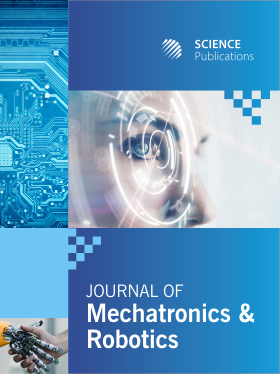Space Probes
- 1 Bucharest Polytechnic University, Romania
Abstract
A space probe is an unmanned space vehicle launched into space to study more or less distant different celestial objects: The Sun, the planets, dwarf planets and small bodies, their satellites, the interplanetary medium or the interstellar medium. A space probe is distinguished from other unmanned spacecraft that remain in Earth orbit. Space probes can take a large number of forms to fulfill their mission: Orbiter placed in orbit around the observed celestial body, lander who explores in situ the soil of the target planet, impactor, etc. A probe can carry autonomous devices to increase its field of investigation: Sub-satellite, impactor, rover, balloon. A space probe has to travel great distances and operate far from the Earth and the Sun, which requires specific equipment. It must have enough energy to operate in regions where solar radiation provides only limited power, have a great autonomy of decision because the remoteness of the control center no longer allows human operators to react in real time at events, solving telecommunication problems made difficult by distances that reduce flow and resist radiation and extreme temperatures that malfude embedded electronics and mechanisms. Finally, to reach a destination at a cost and within an acceptable time, the spacecraft is led to use sophisticated methods of navigation and propulsion: Gravitational assistance, airbrake, ion propulsion. The first space probes are the Luna probes launched to the moon by the Soviet Union in 1959. In 1961, the Soviet Union launched Venera, the first probe to study another planet than the Earth, in this case, Venus. Russia, which was a leader at the beginning of the space age, has not had an active role since 1988 and left this place in the United States. The European Space Agency (Mars Express, Venus Express, Rosetta, participation in the Cassini-Huygens spacecraft) and Japan (Hayabusa, SELENE) are also becoming increasingly important. Finally, since the end of the 2000s, China and India have also been producing space probes. To offset a high development cost (an amount that can exceed one billion euros), the realization of space probes is now often the subject of international cooperation.
DOI: https://doi.org/10.3844/jmrsp.2019.301.343

- 5,440 Views
- 3,232 Downloads
- 5 Citations
Download
Keywords
- Robots
- Mechatronic Systems
- Machines
- Space
- Space Probes
